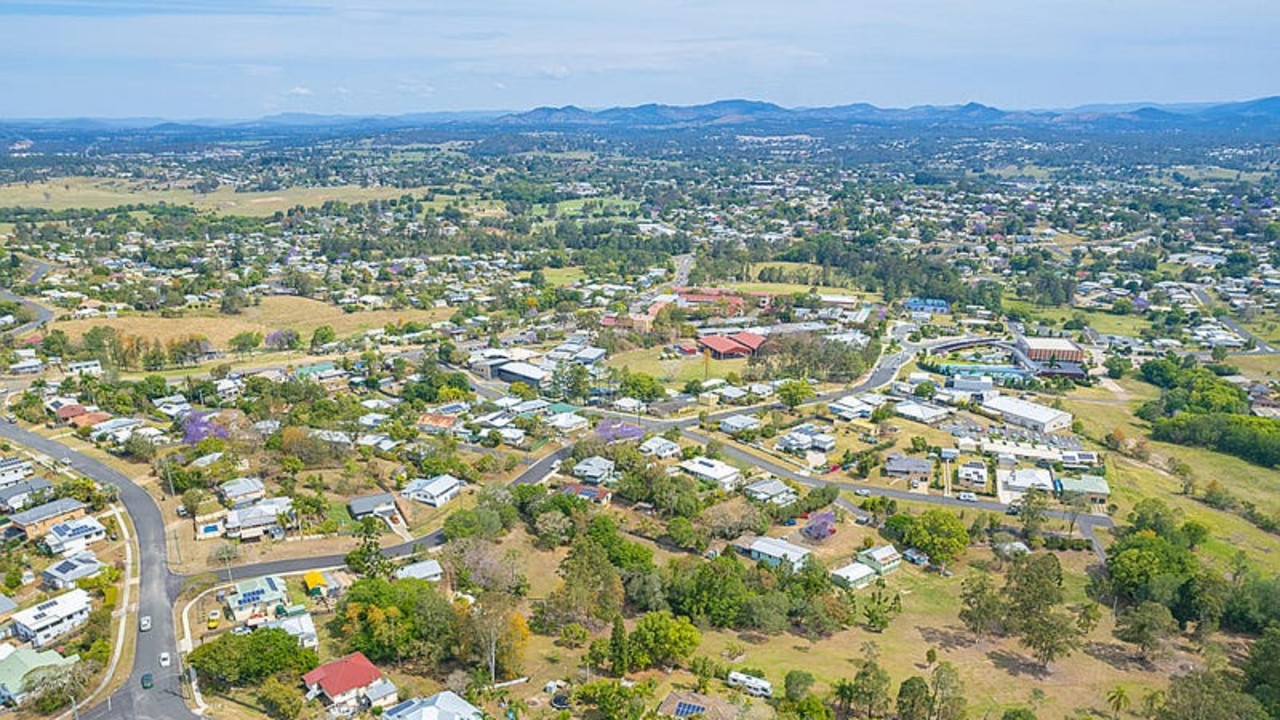Big cat attacks horse in outer Gympie, chaser says
"No Australian natives have got claws that would match that."
INCREDIBLE footage has emerged of a horse inflicted with wounds resemblant of a big cat attack on a Gympie region property where the exotic predators have reportedly been sighted.
The images, submitted to the Big Cat Research Group this week, show a number of straight, definite slices covering the rump and flank of a horse contained at Lower Wonga.
Big cat researcher Vaughan King believes the attack is that of a big cat and says the Gympie region is a hive of reported activity.
"These injuries bear numerous similarities to that of failed attacks on horses by cougars in North America, and attempts on zebra by leopards in Africa," the big cat chaser said.
He said the scratches were "too clean, clustered and at too many varying heights" to be from the horse rubbing against barbed wire and the patterned grouping of the cuts pointed to the paw of an animal.
He is also certain the wounds could not have come from anything native.
"No Australian natives have got claws that would match that," he said.

The former Australia Zoo big cat trainer, who is collating big cat data on his website pantherpeople.com said it did not surprise him that a big cat had their claws set on an animal the size of a horse.
"Big cats are opportunistic- especially the leopard - there is no prey too big or too small," he said.
He said most big cats will try to get to the neck as soon as possible, but with a big animal the cat would try to bring it down before going for the kill.
The beast could be enough to sustain a big cat for more than a week.
RELATED:3 ways you can spot if a 'big cat' has been on your property
RELATED:'Big cat' chaser says Gympie a Qld hotspot
RELATED:Latest 'big cat' sighting in Gympie region
He said if the big cat realised it had bitten off more than it could chew mid-attack it would have retreated.
"Big cats are very aware of self preservation," the researcher said.
"They realise their body is their livelihood - if they get injured they can't hunt."

Mr King, who is based at the Sunshine Coast, said the Gympie region has historically been a hotspot for big cat sightings, with two recent sightings at Cooloola and Curra sparking more reports.
He is now interested in changes to animals' behaviour as a guide to detect the presence of big cats and asking rural residents to keep an eye out on anything out of the ordinary.
"Farmers and property owners are the ones that are going to see the animal indicators first," he said.
He encourages anyone who has sighted a big cat or signs of one around to report it to pantherpeople.com so he can build an accurate track of the species.


